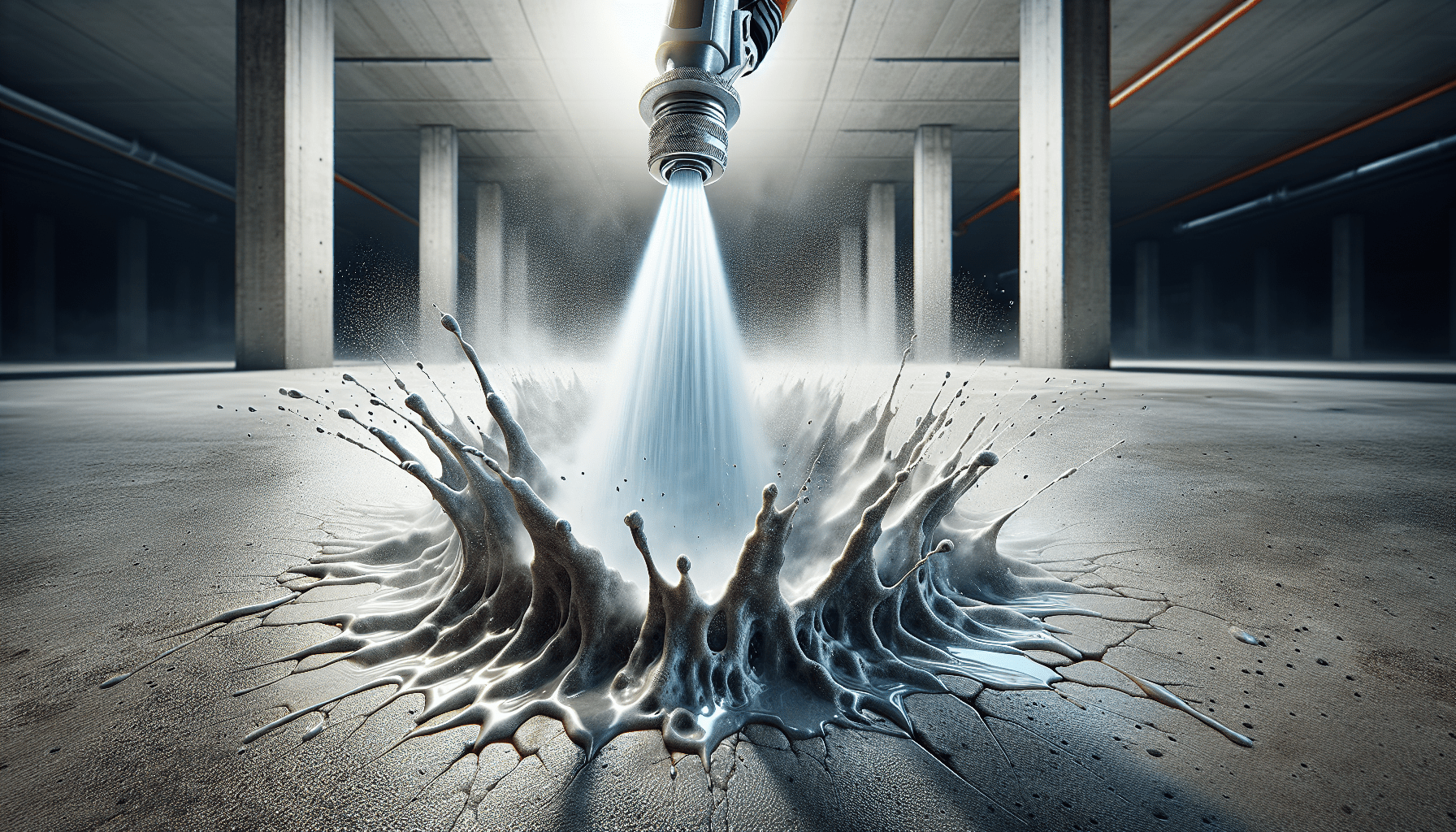Hi there! Have you ever wondered about the impact of pressure on concrete surfaces? In this article, we will explore the PSI levels that can potentially damage concrete. Whether you are a homeowner looking to clean your driveway or a contractor working on a construction project, understanding the right pressure levels is crucial to ensuring the longevity and durability of your concrete surfaces. Let’s dive in and learn more about what PSI will damage concrete.
What PSI Will Damage Concrete?
Have you ever wondered about the pressure required to damage concrete? In this article, we will delve into the PSI (pounds per square inch) levels that can potentially harm concrete surfaces. Let’s explore the factors that contribute to concrete damage and how you can prevent it.
Understanding Concrete Strength
Concrete is a versatile and durable building material commonly used for foundations, driveways, sidewalks, and more. The strength of concrete is usually measured in terms of compressive strength, which is the maximum amount of pressure that concrete can withstand before it fails.
Compressive Strength of Concrete
The compressive strength of concrete is typically measured in pounds per square inch (PSI). For example, a concrete mix with a compressive strength of 3,000 PSI means that it can withstand a pressure of 3,000 pounds per square inch before it cracks or breaks.
Understanding the compressive strength of concrete is crucial in determining its durability and performance under various conditions.
Factors Affecting Concrete Strength
Several factors can impact the strength and integrity of concrete, including the water-cement ratio, curing conditions, and the quality of materials used in the mix.
Water-Cement Ratio
The water-cement ratio plays a significant role in determining the strength of concrete. A lower water-cement ratio results in a stronger concrete mix, as it reduces the porosity and increases the density of the material. On the other hand, a higher water-cement ratio can lead to weaker and more porous concrete.
Ensuring the appropriate water-cement ratio is crucial in preventing concrete damage and maintaining its structural integrity.
Curing Conditions
Proper curing is essential for the development of concrete strength. Adequate moisture and temperature levels during the curing process help the concrete achieve its maximum compressive strength. Inadequate curing can result in weak, porous concrete that is susceptible to damage.
Maintaining the right curing conditions can significantly impact the overall strength and durability of concrete structures.
Quality of Materials
Using high-quality materials in the concrete mix is essential for achieving the desired strength and durability. Factors such as the type of cement, aggregates, and admixtures can affect the overall performance of concrete. Poor-quality materials can lead to weaker concrete that is more prone to damage.
Selecting superior materials for your concrete mix is key to ensuring its longevity and resistance to external pressures.
PSI Levels That Can Damage Concrete
Concrete is a robust material, but certain PSI levels can lead to damage and deterioration over time. Understanding the pressure thresholds that concrete can withstand is crucial in maintaining its integrity and longevity.
PSI Levels for Typical Concrete Strengths
The following table illustrates the PSI levels commonly associated with various types of concrete mixes, along with their corresponding compressive strengths:
| Concrete Strength | Compressive Strength (PSI) |
|---|---|
| Normal Strength | 2,500 – 5,000 PSI |
| High Strength | 7,000 – 14,000 PSI |
| Ultra-High Strength | 14,000+ PSI |
Knowing the compressive strength of your concrete mix can give you an idea of the pressure it can handle without sustaining damage.
PSI Levels That Can Damage Concrete
While concrete is generally resilient, excessive pressure can cause cracks, spalling, or even structural failure. Here are some common PSI levels that can potentially damage concrete surfaces:
- PSI levels between 3,000 and 5,000 can cause hairline cracks in the concrete.
- PSI levels between 5,000 and 7,000 can lead to more significant cracks and potential structural damage.
- PSI levels exceeding 7,000 can result in widespread cracking, spalling, and compromised structural integrity.
Understanding these pressure thresholds can help you assess the risk of damage to your concrete structures.
Preventing Concrete Damage
To protect your concrete surfaces from damage, it’s essential to take preventive measures and maintain their structural integrity over time.
Regular Inspections
Regular inspections of your concrete structures can help identify any signs of damage or deterioration early on. Look out for cracks, spalling, or uneven surfaces that may indicate underlying issues.
By catching problems early, you can address them promptly and prevent further damage to your concrete surfaces.
Proper Maintenance
Proper maintenance plays a crucial role in prolonging the lifespan of your concrete structures. Routine cleaning, sealing, and repairs can help protect the surface from environmental factors and wear.
Implementing a maintenance schedule can keep your concrete surfaces in optimal condition and prevent damage from occurring.
Protective Coatings
Applying protective coatings to your concrete surfaces can enhance their resistance to pressure, moisture, and abrasion. Sealants, waterproofing agents, and epoxy coatings can provide an extra layer of protection and extend the lifespan of your concrete structures.
Investing in protective coatings can help reinforce your concrete surfaces and safeguard them from potential damage.
Conclusion
In conclusion, understanding the PSI levels that can damage concrete is essential for maintaining the structural integrity and longevity of your concrete surfaces. Factors such as compressive strength, water-cement ratio, and curing conditions all play a significant role in determining the resilience of concrete against external pressures.
By implementing preventive measures, such as regular inspections, proper maintenance, and protective coatings, you can protect your concrete structures from potential damage and ensure their durability for years to come. Remember to monitor the pressure thresholds of your concrete surfaces and take proactive steps to prevent any deterioration or structural issues.
